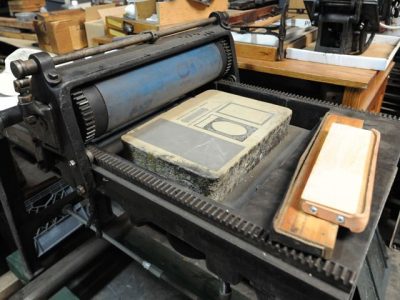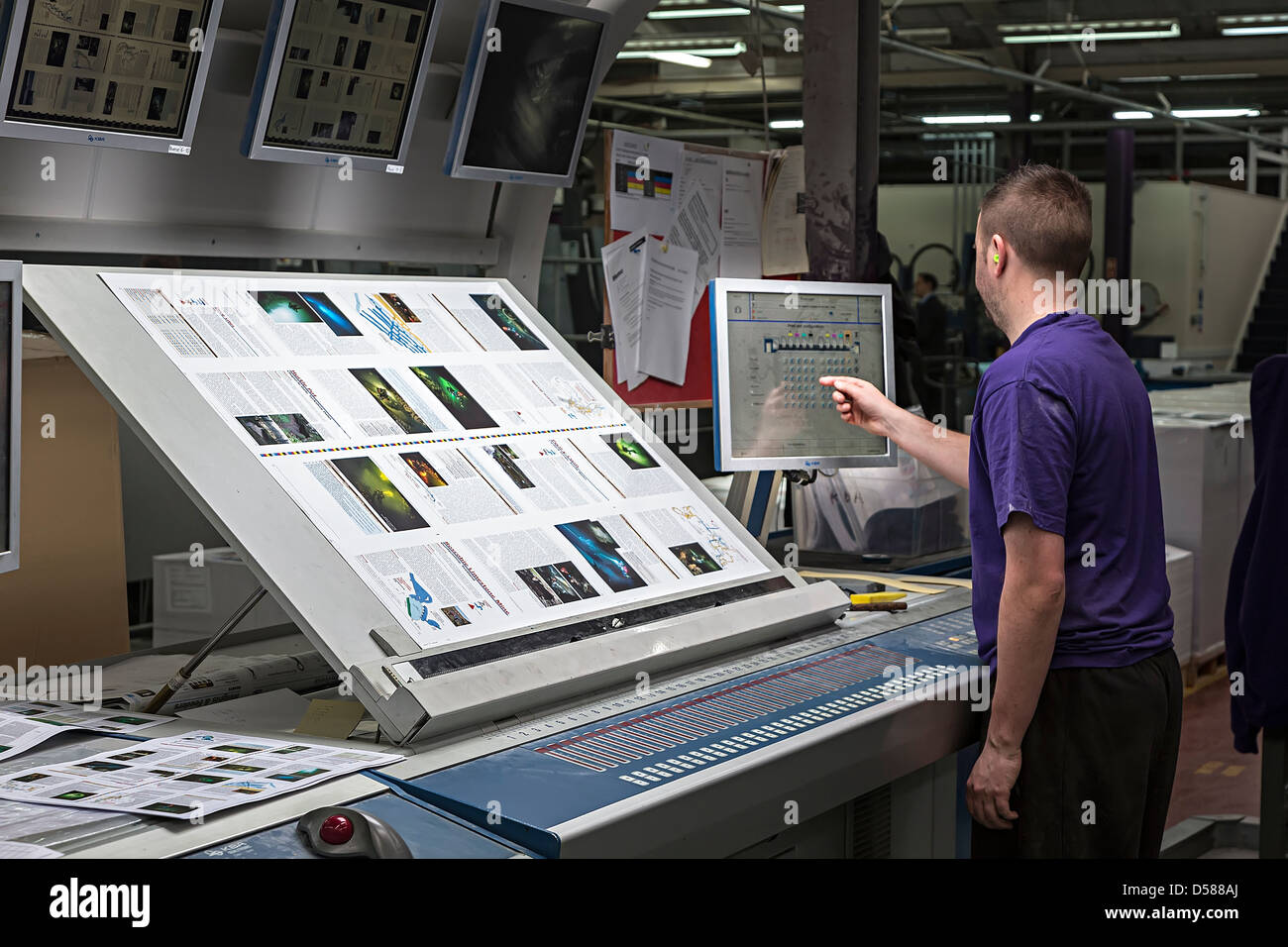litho printing for Magazines, Flyers, and Brochures
litho printing for Magazines, Flyers, and Brochures
Blog Article
A Comprehensive Guide to Understanding Litho Printing Strategies
The globe of litho printing, a strategy stemming from the late 18th century, is a fascinating blend of history, art, scientific research and advancement. This extensive overview will decipher the complexities of this printing method, from the structure of litho inks to the challenges faced in contemporary applications. As we venture right into the details of lithography, the importance of automation and sustainability in guaranteeing its future relevance comes to be increasingly clear. Stay with us as we trip into the captivating world of litho printing.
The Historical Advancement of Litho Printing
The historic trajectory of litho printing, an essential technology in the world of interaction, is an exciting tale of human resourcefulness. Birthed in the late 18th century by Alois Senefelder, this technique was initially an affordable method of publishing theatrical works. Lithography, derived from the Greek words for 'stone' and 'to compose', used a smooth rock surface to transfer photos onto paper. The procedure advanced with the arrival of the rotary press, which significantly raised performance (litho printing). In the 20th century, the technology of countered lithography revolutionized the market, permitting for automation of top quality prints. Each stage of litho printing's advancement showcases humankind's unrelenting quest of performance and high quality in visual interaction.
Deciphering the Scientific Research Behind Litho Printing Inks
Relocating forward in the expedition of litho printing strategies, the focus now shifts to the science behind litho printing inks. The make-up of these inks, their drying out procedure, and color mixing techniques create the backbone of this complex art type. Recognizing these elements is critical to understanding the craft and attaining the wanted print outcomes.
Structure of Litho Inks
In lithographic printing, the basic role of litho inks can not be overemphasized. Pigments, the color-providing aspects, are finely ground particles put on hold in the lorry, a liquid that carries the pigment onto the printing surface area. Each component plays an important part in the last print's high quality, making the precise solution of litho inks an elaborate scientific research.
Ink Drying Refine
From the structure of litho inks, attention turns to the interesting process of ink drying. The drying procedure is important, as it influences the final print's high quality and longevity. Two main methods are utilized in litho printing: oxidative drying out and absorption. Oxidative drying involves the ink responding with oxygen airborne to create a difficult, completely dry movie. This approach supplies a sturdy finish, but can be slower contrasted to absorption. Absorption, on the various other hand, includes the ink seeping into the paper fibers, which is a faster process however can result in less vivid colors. The option in between these methods is dependent upon factors such as print speed requirements, the paper kind made use of, and the desired surface.
Color Mixing Techniques
While the drying out procedure plays a crucial duty in litho printing, the scientific research of shade mixing methods holds equal relevance. This is a complicated procedure that includes the cautious mixing of hop over to here primary colors: cyan, magenta, and yellow, in varying percentages to accomplish a wide array of tones. The addition of black ink, called 'crucial', assists in controling the strength and deepness of the shades. The science behind litho printing inks likewise considers the openness of the ink, which influences just how shades overlay and mix. To accomplish a reliable shade mix, print professionals must additionally comprehend the details of ink behavior, shade theory, and the physical residential or commercial properties of the substratum on which the ink is used.
The Art and Layout Components in Litho Printing
Litho printing breathes life right into art and design through its distinct components. Litho printing accommodates a selection of shades, making it possible for artists to develop vibrant and lively prints. This combination of precision and adaptability makes litho printing a favored choice for many artists and designers.
Modern Applications of Litho Printing Strategies
Litho printing methods have visit the site found considerable usage in the contemporary business industry. Its impact and importance remain to grow with the development of new technologies and modern technologies in the field. This area will certainly explore these modern applications and the transformative role they play in the printing market.
Industrial Litho Printing Utilizes
In today's digital age, one might ask yourself about the significance of standard printing methods. Yet, litho printing continues to be a critical part of the industrial sector. High-volume printing jobs, such as the manufacturing of books, papers, and packaging, rely upon litho printing for its capability to provide superior picture quality and expense efficiency. The process, which involves moving a tattooed image from a plate onto a rubber covering and then to the printing surface area, provides unmatched consistency. This makes it optimal for tasks requiring a large print run. Litho printing additionally supplies a wide color spectrum, above that of digital printing. This makes it the go-to choice for tasks that demand lively, top quality color reproduction.
Advancements in Litho Printing
Pressing the limits of traditional techniques, modern-day innovations have fueled a host of developments in litho printing. These innovations have not only boosted the high quality and efficiency of litho prints however additionally increased its application scope. One noticeable growth is digital litho printing, which combines the merits of electronic innovation with litho's top notch output. This hybrid version uses faster configuration times, minimized waste, and enables on-demand printing. Another notable improvement is the intro of ecologically friendly inks. These inks, made from veggie or soy-based remedies, have substantially reduced the industry's ecological impact. litho printing. Furthermore, the advancement of advanced plate technology has structured the printing procedure, leading to sharper photos and boosted shade fidelity. These advancements emphasize the enduring significance of imp source litho printing in the contemporary globe.
Exploring the Refine of Litho Printing: Step by Action

Challenges and Solutions in Contemporary Litho Printing

Despite the accuracy and practice that litho printing happily supports, it is not without its collection of contemporary challenges. Digital litho printing allows for cost-efficient short runs and easy customization, resolving the concern of variable information. Thus, while there are difficulties, the litho printing sector is proactively adjusting to fulfill them head-on, ensuring its relevance in the future.
Verdict
To conclude, litho printing, with its abundant history and scientific intricacies, holds a substantial area in the print industry. As the overview reveals, it's a synthesis of art and innovation, with modern-day improvements ensuring its significance. The industry deals with challenges that call for ingenious options, with a focus on automation and sustainability. The future of litho printing depends upon its capacity to adapt to these transforming needs, attesting its enduring worth in a developing market.

Report this page